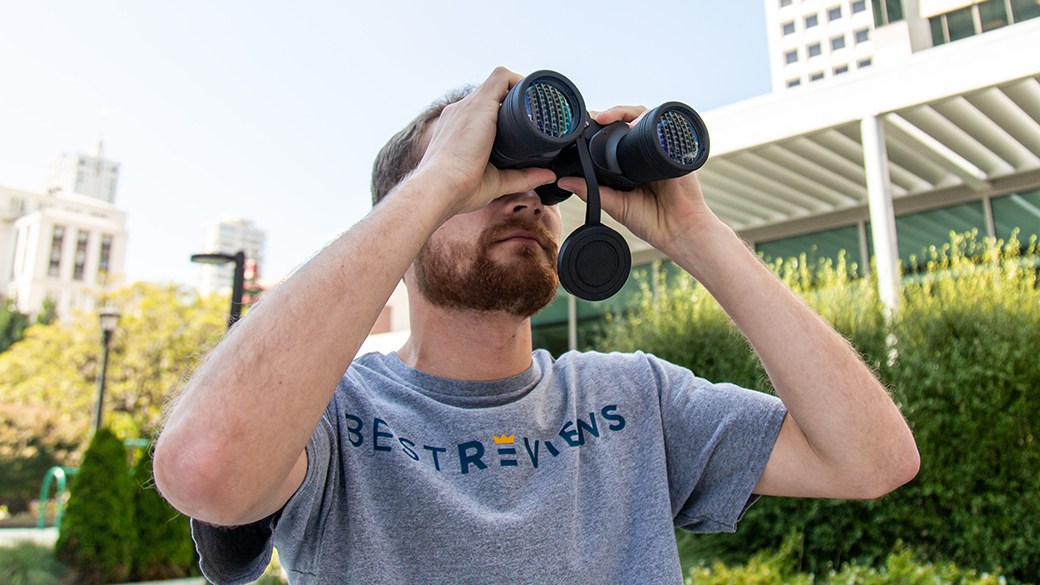[ad_1]
How to see the 50,000-year comet
While it might sound like a pulp-fiction hero, the green comet is an actual celestial body visible from Earth for the first time in over 50,000 years. If you know where to look and have the right equipment (such as binoculars or a telescope) over the upcoming week, you just might be able to catch a glimpse of this nighttime wonder.
In this article: Celestron NexStar 102SLT Computerized Telescope, Vortex Optics Diamondback HD Binoculars and Celestron SkyMaster 25X70 Binoculars.
What is a comet?
Comets are, more or less, frozen chunks of planetary debris that scientists believe have been around since the formation of our solar system. They’re usually less than 10 miles across and are made of materials such as dust, rocks and frozen gasses. Typically, these celestial bodies can be found far beyond Pluto in either the Kuiper Belt or the Oort Cloud (a theoretical location that has yet to be proven).
Scientists also believe that the gravitational force of a planet or star can pull the much smaller comet out of its home in the Kuiper Belt or Oort Cloud and tug it toward the sun. On its journey, a comet passes close enough to Earth so it may be seen briefly before heading back out to where it came from (or meeting a fiery demise in the sun).
What is the green comet’s actual name?
The green comet is just a catchy nickname the media has given this celestial body. Its actual name is a bit more boring: Comet C/2022 E3 (ZTF). The “C” indicates this comet is classified as a non-periodic comet, meaning it won’t appear again for over 200 years (if ever). The “2022 E3” lets you know it was discovered in the first half of March, along with three other comets in that two-week period. And, “ZTF” simply identifies the Zwicky Transient Facility, the facility that discovered the comet.
Why does this comet look green in photographs?
The frozen part of the comet is called the nucleus. As it gets closer to the sun, the ice heats up and turns into gas, creating an enormous cloud around the nucleus. This dusty cloud is called the coma. The coma of this news-making comet is made of a relatively rare type of carbon called diatomic carbon. Diatomic carbon gas is green, which gives C/2022 E3 (ZTF) its unearthly hue.
The best way to see C/2022 E3 (ZTF)
If you aren’t familiar with the night sky, the best thing you can do is get a stargazing app, such as Stellarium, which is a free, open-source planetarium for your mobile device (or computer). If this is the route you take to learn about where to look, make sure you’re using an updated version of the app that includes C/2022 E3 (ZTF).
If you want to try it on your own and you know your constellations, in the evening, face north-northeast and look up. The comet will change positions a little each night, so you’ll have to set your gaze accordingly. As January ends and February begins, the comet will pass Ursa Minor and move into Camelopardalis. However, the longer you wait, the brighter the moon will become and the harder it will be to find C/2022 E3 (ZTF). To have the best chance of seeing this comet, go out on a clear night, get as far away from the city as possible and use a quality pair of astronomical binoculars or a telescope.
Now for the bad news. The green comet is probably not going to appear to be very green when you find it. The photos you’ve been seeing are a product of long-exposure astrophotography. To the naked or even assisted eye, the green comet will be more of a dull, glowing, but colorless smudge in the sky. However, since this is the first time the comet has passed by in 50,000 years, it’s worth hunting for.
What you need to view C/2022 E3 (ZTF)
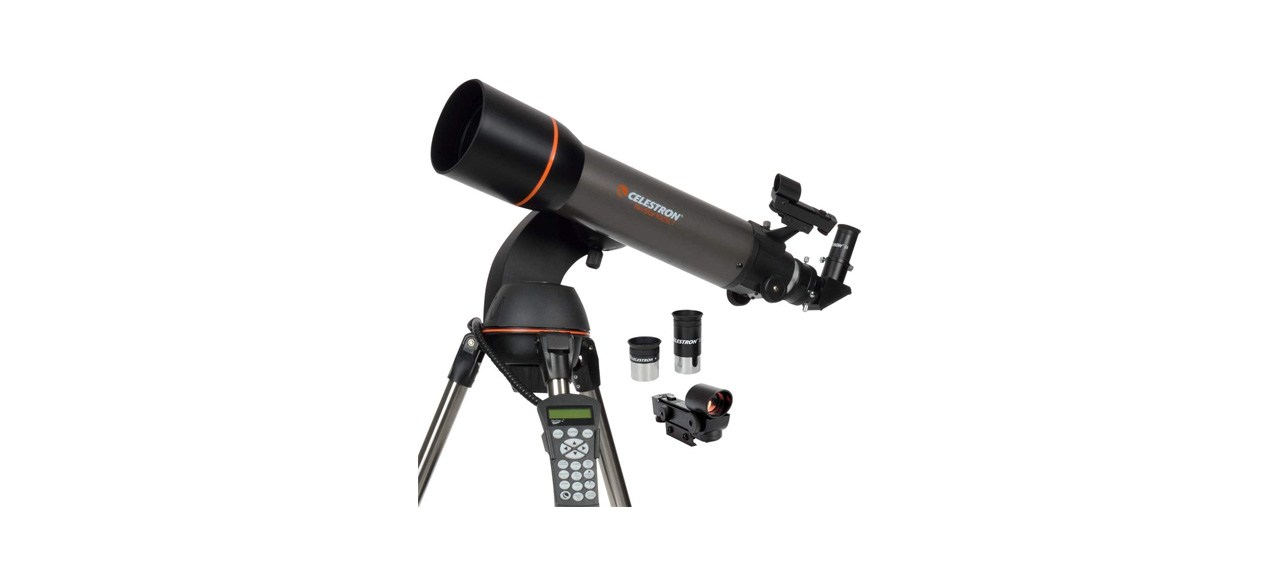
Celestron NexStar 102SLT Computerized Telescope
If you think stargazing might be more than a one-time fascination, this computerized telescope comes with a database of over 40,000 objects. It can not only locate an object with extreme accuracy, this model is capable of tracking it as well.
Sold by Amazon and Home Depot
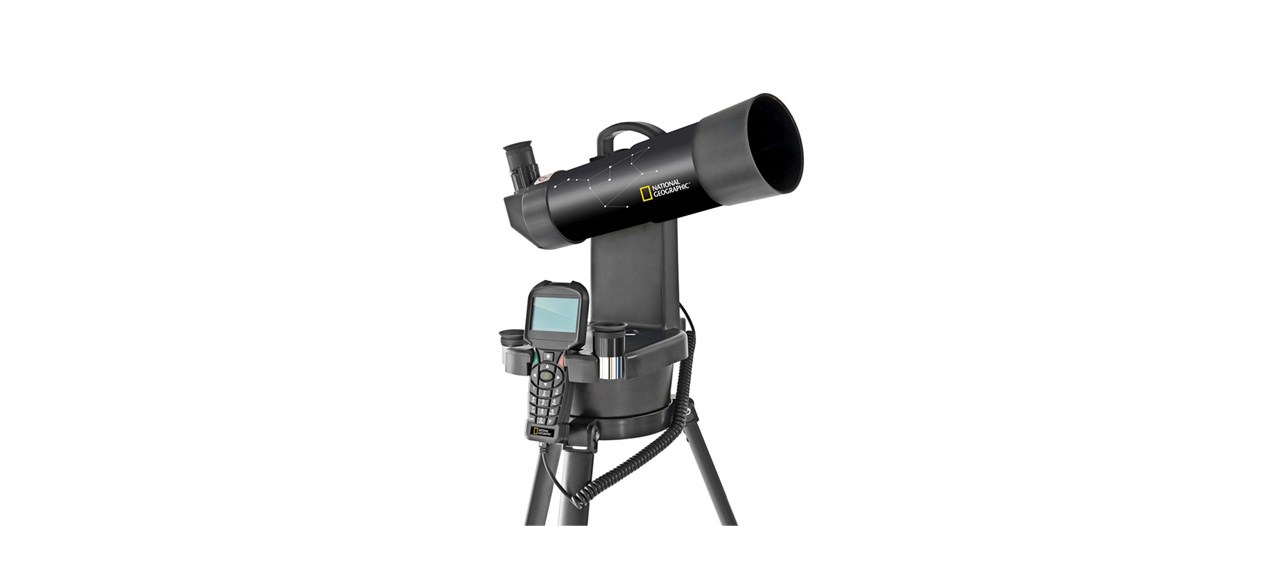
National Geographic 70 Computerized Refractor Telescope
This automatic telescope has a wide-field lens and a red dot viewfinder to make it easier to locate objects. The compact size makes it great for travel and the simple operation makes it suitable for beginning astronomers.
Sold by Kohl’s
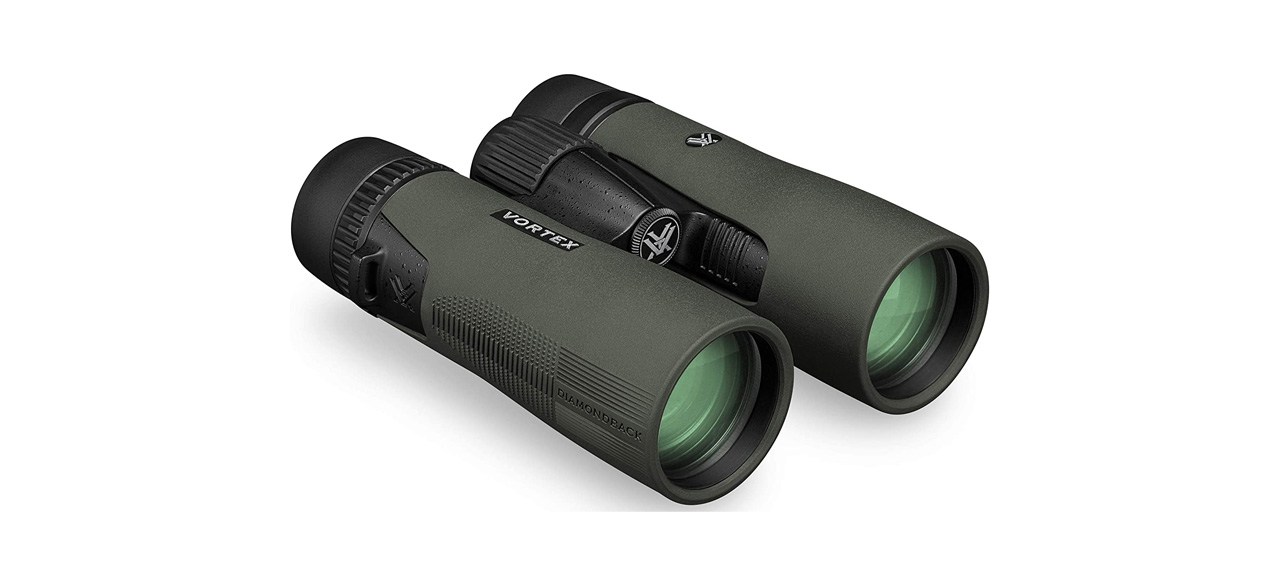
Vortex Optics Diamondback HD Binoculars
These quality binoculars are specifically designed to deliver crisp images with excellent color fidelity and light transmission. The adjustable eyecups twist for comfortable viewing, while the rubber exterior provides a secure grip.
Sold by Amazon and Dick’s Sporting Goods
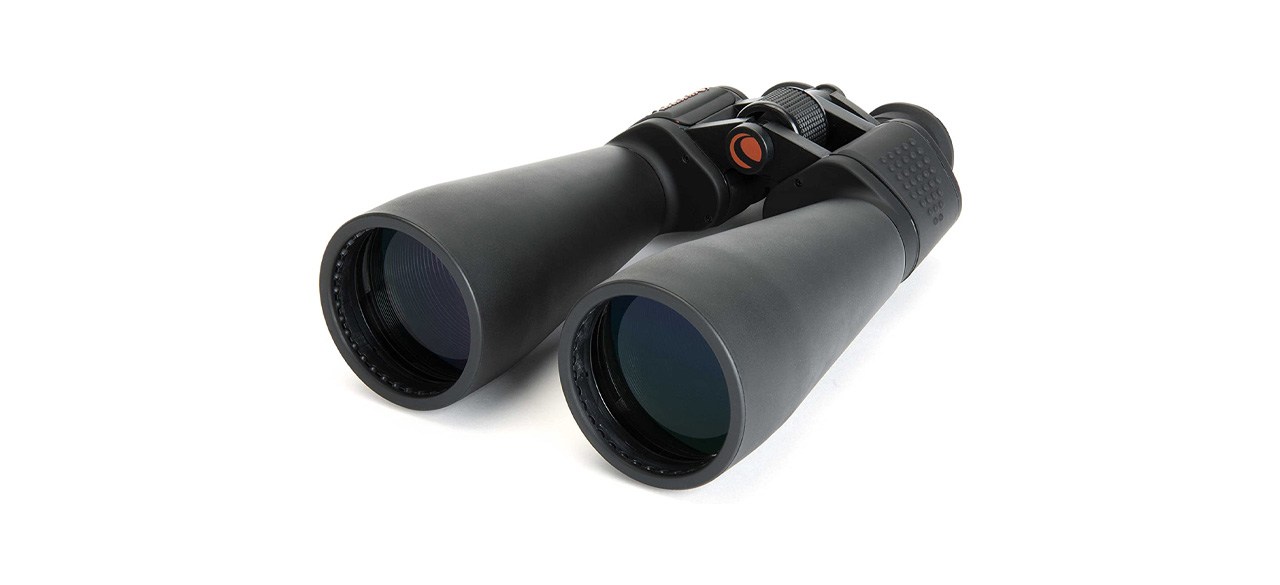
Celestron SkyMaster 25X70 Binoculars
The SkyMaster binoculars are manufactured to provide maximum image brightness in long-range, low-light conditions, making them ideal for astronomical viewing.
Sold by Amazon
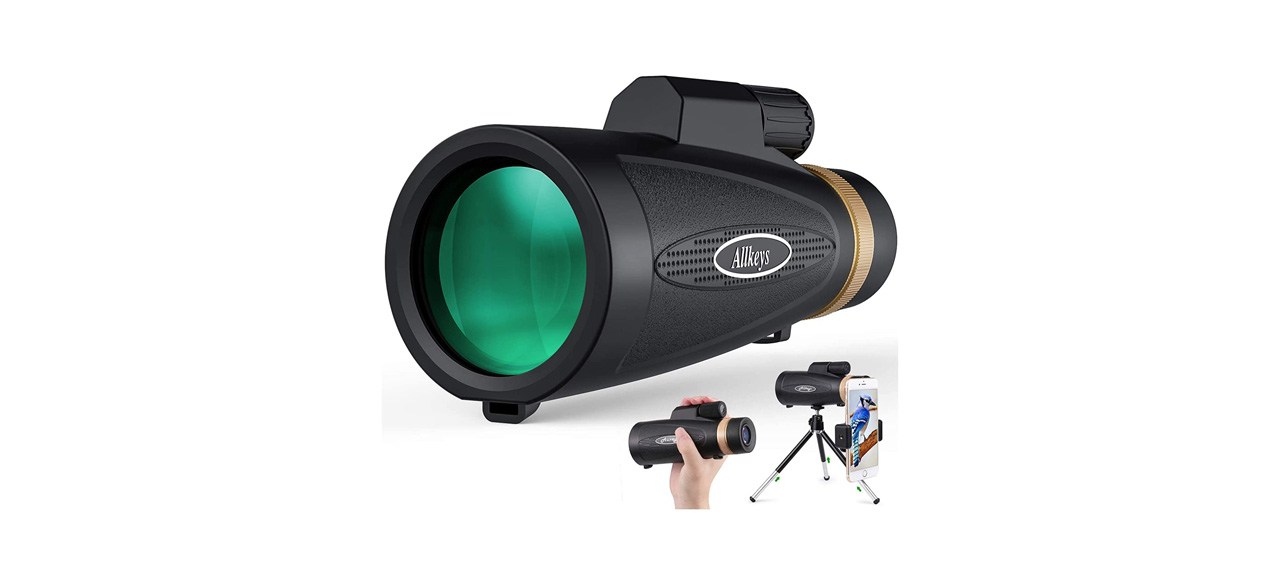
Allkeys 16×55 HD Monocular Telescope
If you aren’t sure if stargazing is going to be for you but you still want to have a quality experience, consider this entry-level monocular telescope. It comes with everything you need to get started, including a tripod and a cell phone holder.
Sold by Amazon
Want to shop the best products at the best prices? Check out Daily Deals from BestReviews.
Sign up here to receive the BestReviews weekly newsletter for useful advice on new products and noteworthy deals.
Allen Foster writes for BestReviews. BestReviews has helped millions of consumers simplify their purchasing decisions, saving them time and money.
Copyright 2023 BestReviews, a Nexstar company. All rights reserved.
[ad_2]
